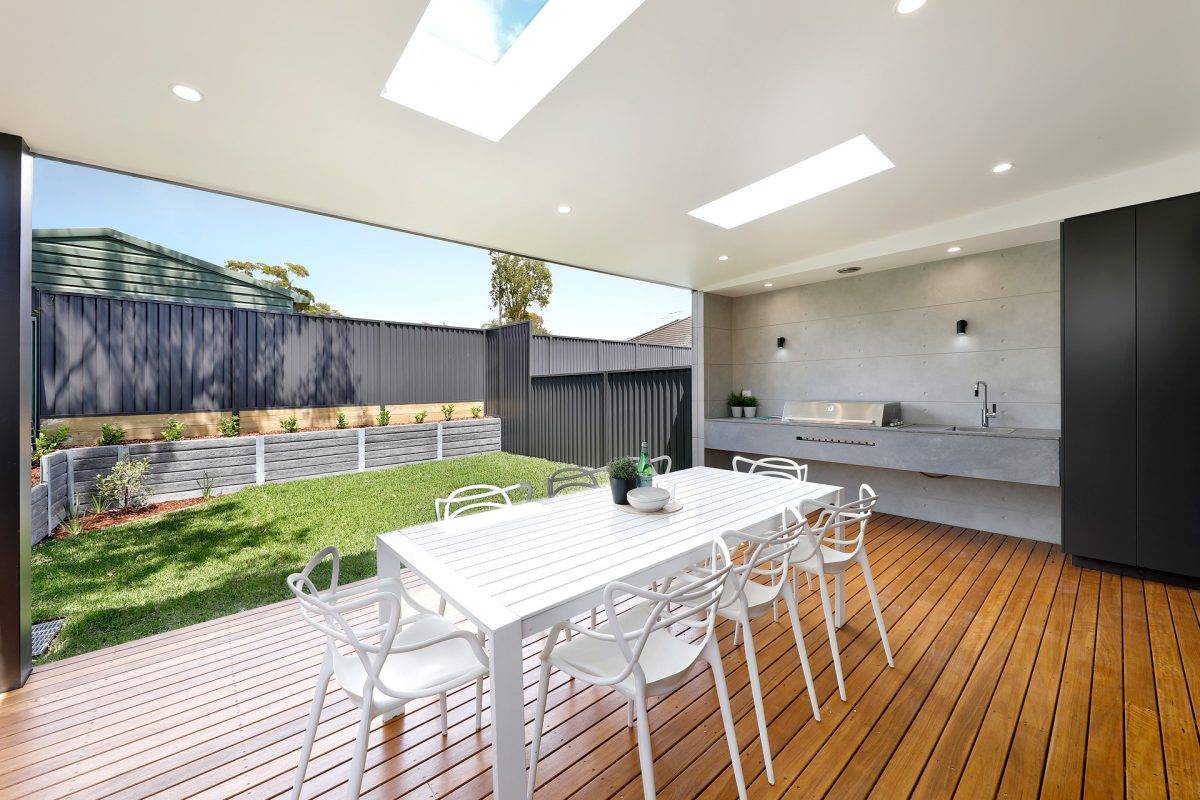We all know first impressions are crucial, and this rule applies to properties too. A house with a thoughtfully designed exterior will naturally sell better than its counterparts. This is why many property owners are now investing into building both practical and aesthetically pleasing exteriors. Among a diverse range of building materials, cladding and bricks are two of the most popular choices for homeowners in Sydney.
In this article, we will delve into the characteristics of cladding and bricks, exploring their advantages and suitability for various projects. By the end, you will learn which one matches your specific construction needs.
Cladding
Cladding refers to a non-load-bearing layer attached to the exterior of a building. It serves as a protective skin that shields the structure from weather elements while enhancing its visual appeal. In recent years, cladding has gained immense popularity in Sydney due to its versatility and modern aesthetic.
Types of Cladding Materials
There are 3 main types of cladding to choose from:
Metal Cladding: Often made from aluminium or steel, metal cladding is durable and resistant to corrosion. It is available in various finishes and colours, perfect for contemporary designs.
Wood Cladding: a sustainable choice that provides a natural look to warm up any exterior. The timber can come in different species and can be treated for durability against weather conditions.
Composite Materials: These materials combine wood fibres with plastic, offering the appearance of wood with enhanced durability and low maintenance requirements.
Advantages of Cladding
Durability: Many cladding materials are designed to withstand harsh weather conditions, ensuring longevity.
Energy Efficiency: Properly installed cladding can improve insulation, reducing energy costs for heating and cooling.
Low Maintenance: Unlike traditional materials that may require regular upkeep, many cladding options are designed for minimal maintenance.
Aesthetic Diversity: With a wide range of styles and finishes available, cladding can enhance the visual appeal of any home.
Cladding Examples in Sydney
The best way to assess a construction is always to see them in person. Sydney’s Darling Harbour precinct features modern structures clad in composite materials. They create a striking visual impact while providing durability against coastal weather. Similarly, residential areas like Bondi showcase homes with timber cladding that harmoniously blend with the natural environment. Check these out and see if they match your expectations!
Bricks
For two centuries, bricks have been a staple in Sydney’s architectural landscape. Known for their strength and timeless appeal, bricks are often associated with traditional Australian homes, and are usually well appreciated by the market.
Types of Bricks
Bricks not only differ in their looks, but also in their functionalities. You can always contact a brick manufacturer to find specific information about a brick type’s durability, water absorbance, and thermal conductivity. Here are some common types of bricks used in Sydney households:
Clay Bricks: Made from natural clay, these bricks are fired at high temperatures to achieve durability.
Concrete Bricks: These are made from cement and aggregates, offering strength and versatility. They are often used for structural applications.
Sand-Lime Bricks: Composed of sand, lime, and water, these bricks provide a smooth finish and good insulation properties.
Advantages of Bricks
Strength: bricks are outstanding load-bearing materials, they provide invincible structural integrity to buildings.
Fire Resistance: Brick is non-combustible, making it an excellent choice for fire safety.
Aesthetic Appeal: The classic look of brick adds character to homes and can complement various architectural styles.
Brick Examples in Sydney
Many iconic buildings in Sydney feature meticulous brickwork. The Queen Victoria Building showcases stunning red brick facades that reflect the city’s heritage. Similarly, many Federation-style homes utilise brick as a defining architectural element. For the market, brick is not only a material, but also a chapter of history and a symbol of status.
Cladding vs Brick
While both materials offer unique advantages, some factors tend to affect a homeowner’s choice of cladding vs brick for their projects:
Cost
Cladding can be more cost-effective compared to brick due to lower material costs and quicker installation times. However, high-quality brick may offer long-term savings through reduced maintenance needs and a considerable jump in the property’s resale value.
Durability
Both materials have excellent durability; however, bricks tend to last longer with less wear over time. Cladding materials vary widely in quality; thus, choosing a trustworthy supplier is essential.
Energy Efficiency
Untreated bricks often possess a low thermal conductivity, meaning they are less capable of insulating your indoor space from the weather. This can lead to increased heating and cooling bills.
Maintenance Requirements
Cladding often requires less maintenance than brick; however, this depends on the specific material chosen. Wood cladding may need regular treatment to prevent decay while metal options might require occasional cleaning.
Aesthetic Considerations
The choice between cladding vs brick has a significant impact on the overall design of a building. Cladding offers a modern aesthetic with diverse finishes while brick provides a classic look that resonates with traditional Australian architecture.
Who Needs Cladding?
If you find yourself in any of these situations, cladding may be a better choice:
- You prefer contemporary designs that stand out with unique textures and colours.
- You want an exterior material that requires minimal upkeep over time.
- You prefer to have your indoor temperature less affected by the weather.
Who Needs Bricks?
There are plenty of reasons why bricks remain one of the top choices for homeowners despite their cost. You may find yourself resonating with these circumstances:
- A Desire for Traditional Charm: you appreciate classic architecture and want your home to reflect historical styles.
- Structural Integrity Needs: you’re looking for strong load-bearing walls that provide long-lasting support.
- Fire Safety Concerns: you prioritise fire-resistant materials for peace of mind.
- Investment Value: you’re considering resale value — brick homes often attract buyers seeking longevity and reliability.
Conclusion
Cladding and bricks offer unique benefits suited to different needs and preferences. When deciding which material is right for your project, consider factors such as cost, durability, energy efficiency, maintenance requirements, and aesthetic appeal.
For tailored recommendations on how to complete your project most cost-effectively, contact Construction Concierge today for a free consultation! With over 30 years of combined industry experience, our team of experts is ready to assist you in making informed decisions about your project.
Discover how Construction Concierge can streamline your project from A to Z, just click ‘talk to us’ now!



